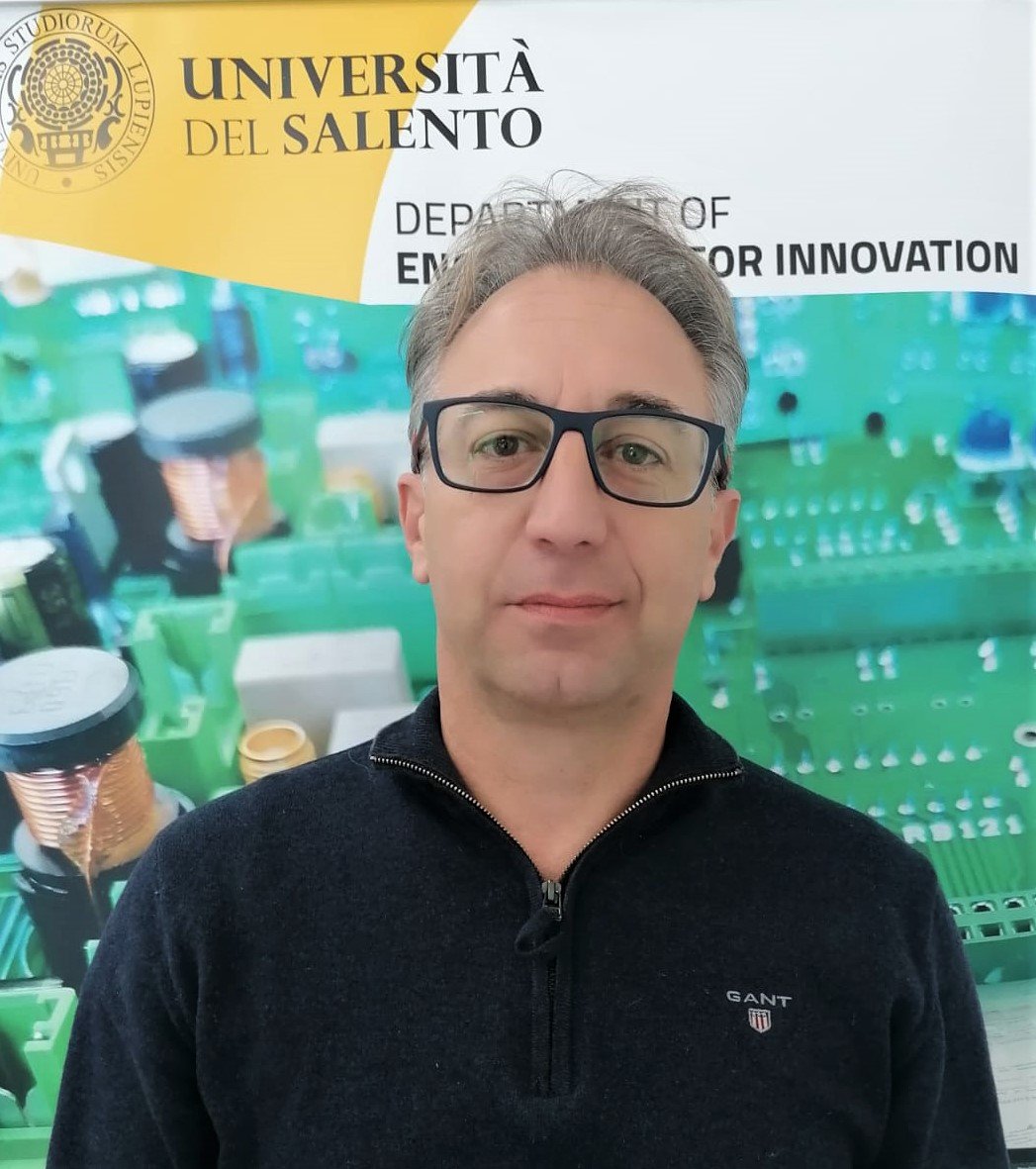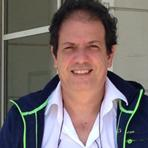10th Anniversary of Bioengineering: Biosignal Processing
A special issue of Bioengineering (ISSN 2306-5354). This special issue belongs to the section "Biosignal Processing".
Deadline for manuscript submissions: 20 May 2024 | Viewed by 381
Special Issue Editors
Interests: fault detection; sensor technologies; measurement techniques; monitoring and measurement systems; testing and characterization components; systems and monitoring equipment
Special Issues, Collections and Topics in MDPI journals
Interests: mathematical modeling; signal and image processing; radiomics; systems and synthetic biology; physiological control systems
Special Issues, Collections and Topics in MDPI journals
Interests: biosignal processing; sensor technologies; measurement techniques; monitoring and measurement systems; medical diagnostics; systems and monitoring equipment
Special Issue Information
Dear Colleagues,
The field of bioengineering has come a long way since its inception, and one of the most significant advancements in recent years has been in the area of biosignal processing. Biosignal processing involves the acquisition, analysis, and interpretation of signals generated by the human body, such as electrocardiograms (ECGs), electroencephalograms (EEGs), and electromyograms (EMGs), among others.
Over the past decade, bioengineers have made remarkable progress in developing sophisticated algorithms and techniques to extract useful information from biosignals. These signals, once processed, can provide valuable insights into various physiological and pathological conditions, enabling early diagnosis, monitoring of diseases, and personalized treatment approaches. One major breakthrough in biosignal processing has been the development of advanced signal processing algorithms. These algorithms, often based on machine learning and artificial intelligence techniques, enable the extraction of valuable features from biosignals that are not easily discernible through conventional methods. For example, these algorithms can be used to identify specific patterns in an ECG that may indicate the presence of cardiac abnormalities. Additionally, bioengineers have been successful in developing non-invasive biosignal processing techniques. These techniques allow for the acquisition of biosignals without requiring invasive procedures or expensive medical equipment. For instance, wearable biosensors and mobile health applications have made it possible to continuously monitor biosignals, such as heart rate and sleep patterns, in real time and in everyday environments. Furthermore, the integration of biosignal processing with other fields, such as bioinformatics and genomics, has opened up new avenues for research and innovation. By combining biosignal data with genomic information, bioengineers can gain a deeper understanding of the relationship between genetic factors and physiological responses, leading to the development of personalized medicine strategies.
Looking ahead, the future of biosignal processing in bioengineering appears promising. Researchers are continuing to refine and improve existing algorithms, making them more accurate and robust.
Additionally, biosensors and wearable devices, along with measurement, instrumentation, sensing, and diagnostics of biosignals, are all aspects that play a crucial role in the analysis and interpretation of various biosignals that provide valuable information about a person's health status and can help in diagnosis, monitoring, healthcare assessments, early detection of diseases, and the development of personalized treatment strategies.
In conclusion, the 10th anniversary of bioengineering biosignal processing marks a significant milestone in the field's advancement. The progress made over the past decade has revolutionized healthcare by enabling the extraction of valuable information from biosignals. With further advancements on the horizon, biosignal processing will continue to play a crucial role in improving the diagnosis, treatment, and monitoring of diseases.
Dr. Andrea Cataldo
Prof. Dr. Francesco Amato
Dr. Raissa Schiavoni
Guest Editors
Manuscript Submission Information
Manuscripts should be submitted online at www.mdpi.com by registering and logging in to this website. Once you are registered, click here to go to the submission form. Manuscripts can be submitted until the deadline. All submissions that pass pre-check are peer-reviewed. Accepted papers will be published continuously in the journal (as soon as accepted) and will be listed together on the special issue website. Research articles, review articles as well as short communications are invited. For planned papers, a title and short abstract (about 100 words) can be sent to the Editorial Office for announcement on this website.
Submitted manuscripts should not have been published previously, nor be under consideration for publication elsewhere (except conference proceedings papers). All manuscripts are thoroughly refereed through a single-blind peer-review process. A guide for authors and other relevant information for submission of manuscripts is available on the Instructions for Authors page. Bioengineering is an international peer-reviewed open access monthly journal published by MDPI.
Please visit the Instructions for Authors page before submitting a manuscript. The Article Processing Charge (APC) for publication in this open access journal is 2700 CHF (Swiss Francs). Submitted papers should be well formatted and use good English. Authors may use MDPI's English editing service prior to publication or during author revisions.
Keywords
- biosignal processing
- signal analysis
- biomedical devices
- medical diagnostics
- biomedical imaging
- biomedical engineering
- health monitoring
- wearable systems
- image processing and visualization
- biosensor technology
- biosensors
- lab-on-chip and organ-on-a-chip instrumentation
- smart sensing and predictive modeling
- 4.0-ehanced biomedical systems








